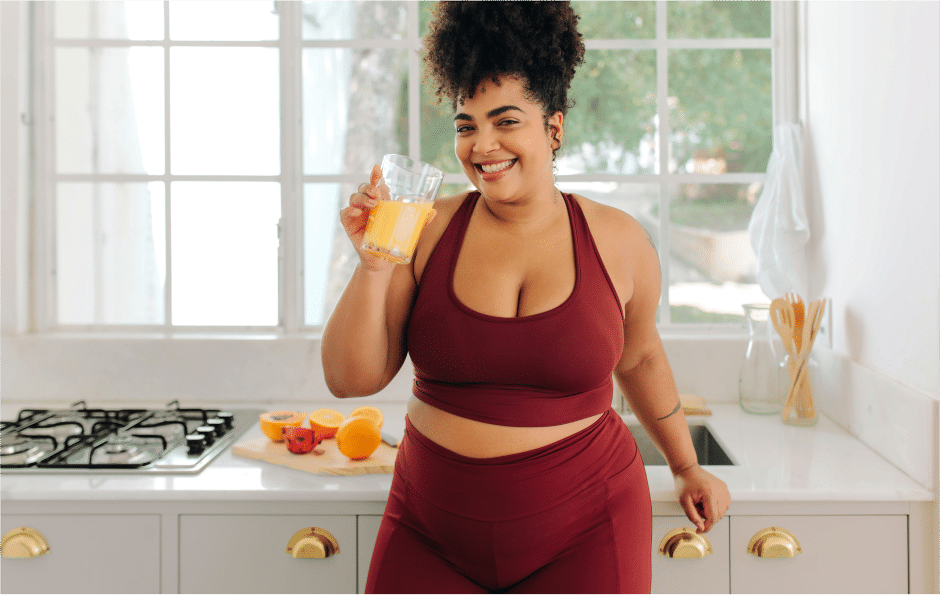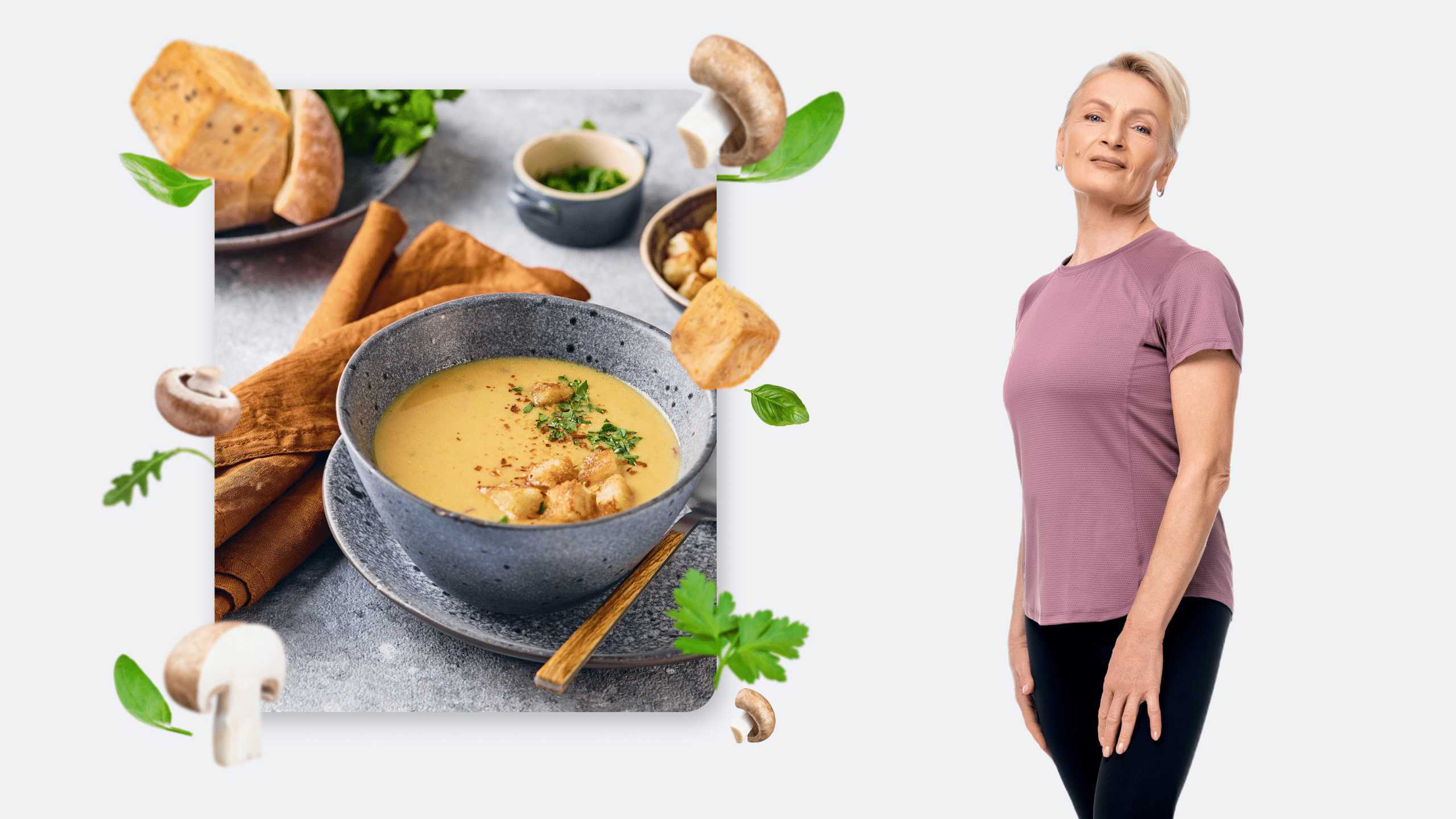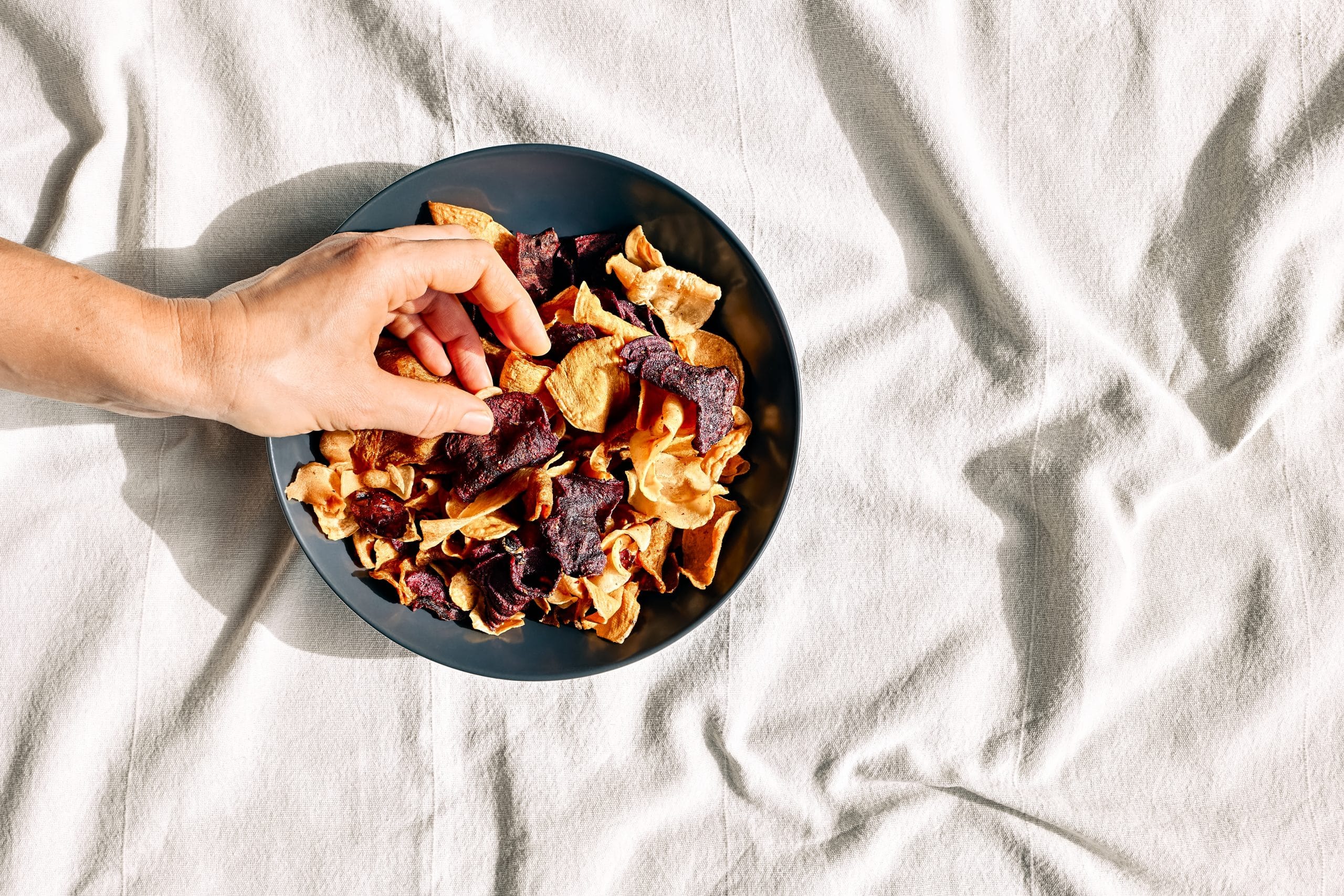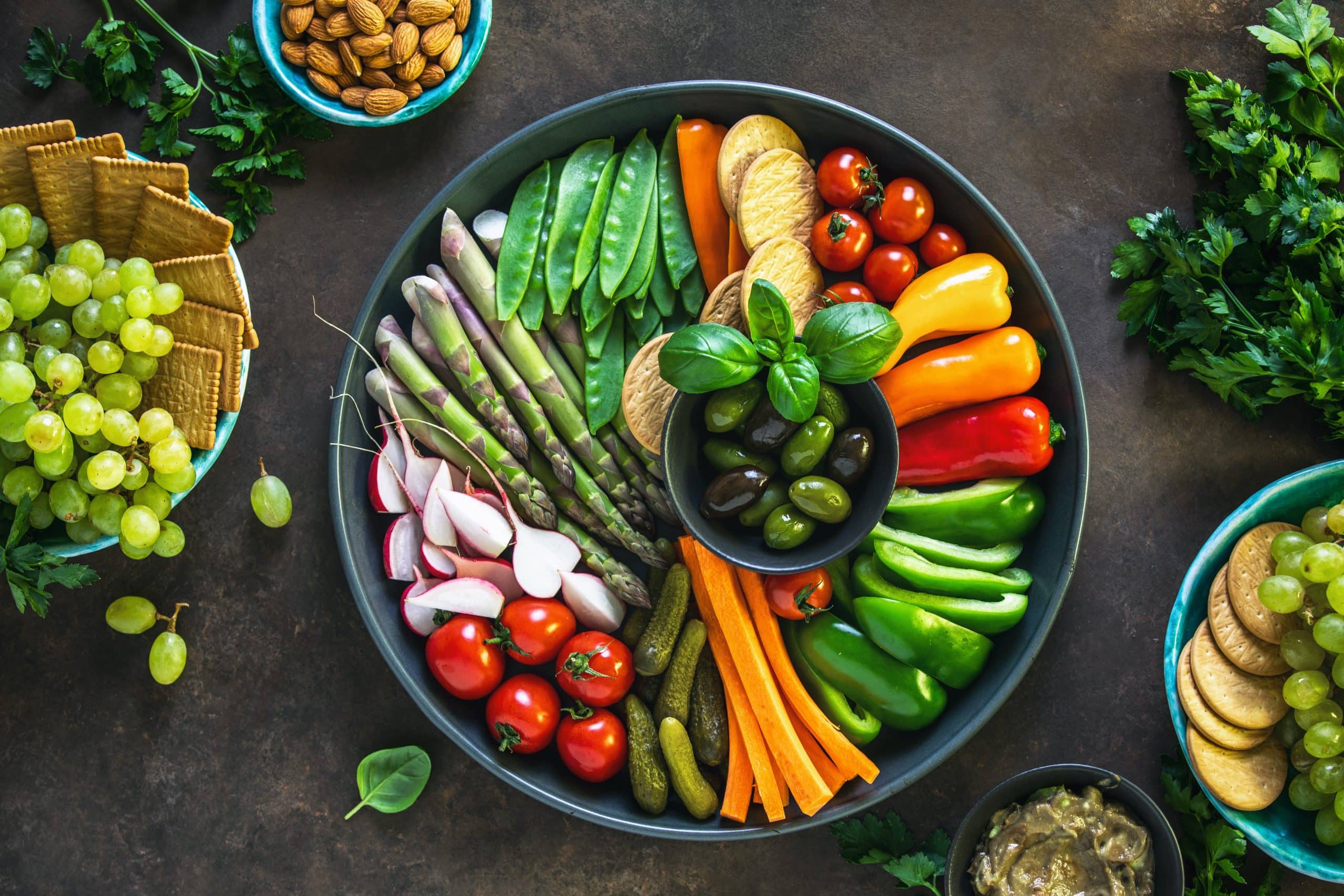Numerous studies have shown that dark chocolate is a rich source of antioxidants and minerals such as iron and magnesium. It has even been found to help reduce blood pressure and improve cholesterol levels (1).
But traditional milk chocolate is not vegan. For obvious reasons relating to animal welfare and the avoidance of animal by-products, vegans can’t eat any of the common brands that incorporate milk or other animal-derived ingredients in their products.
So where can vegans turn when the craving strikes? What about some vegan chocolate?
There is a growing market of dairy-free, plant-based chocolate options that will not only satisfy your taste buds but also align with your ethical vegan values. From artisanal chocolatiers to mainstream brands, there are plenty of choices that allow vegans to enjoy the delectable goodness of chocolate without compromising their principles.
Even better, homemade vegan chocolate recipes are an option, so you can easily whip up a batch of silky-smooth chocolates in the comfort of your own kitchen.
Here’s what you need to know.
What Kind of Chocolate Is Vegan?
When we talk about vegan chocolate, we’re referring to chocolate that does not contain any animal products. Most dark chocolate is vegan, as it contains cocoa, sugar, and sometimes an emulsifier such as soy lecithin – none of which are derived from animals.
However, sneaky ingredients such as sugar refined with bone char, milk, and whey, in addition to artificially-flavored white chocolate can be found in some brands. As we mentioned in our post on Vegan Brownies, you’ll need to learn how to read labels to truly know which products are vegan and which aren’t.
To qualify as vegan, chocolate must have the following qualities:
No milk or dairy products: This is the most fundamental criterion. Traditional milk chocolate clearly doesn’t qualify, but even dark chocolate sometimes contains milk solids or other dairy ingredients.
No animal-derived sugar: Sometimes sugars are whitened using bone char, which is an animal product. Although there may be no bone char in the final product, the sugar could have come into contact with it during processing so it is sometimes impossible to know. You can look for chocolate that specifies the use of organic or beet sugar, neither of which are ever refined with bone char.
No emulsifiers derived from animals: Some chocolate uses lecithin as an emulsifier. Most of this is derived from soy or sunflower, but it occasionally comes from eggs or other animal sources.
Fair Trade Certified: While this is not a requirement for being vegan, many vegans prefer chocolate that is Fair Trade certified. This certification ensures that cocoa farmers receive fair wages and work under decent conditions.
Organic: Again, this is not necessary for a product to be vegan, but many vegans prefer organic chocolate. Organic chocolate is made from cocoa beans that are grown without the use of synthetic fertilizers, certain pesticides, or other chemicals.
Want to build an attention-grabbing bubble butt, blast away fat that’s stored in all the wrong places, spring-clean your diet, turn back the clock on your skin, skyrocket your self-confidence and shatter your insecurities? Check out the BetterMe app and set this plan in motion!
How Is Vegan Chocolate Made?
Making vegan chocolate is an art form that starts with selecting high-quality, ethically-sourced cocoa beans.
As with regular chocolate, the process begins with harvesting and fermenting cocoa beans. These beans are then dried, roasted, and ground into cocoa mass.
What sets vegan chocolate apart is its adherence to plant-based ingredients throughout the entire process. And we’re not just talking about plant-based ingredients, as some plant-based ingredients are not vegan-friendly, we mean completely vegan ingredients.
The following ingredients are usually used when making the best vegan chocolate:
- Cocoa Beans: This is the foundation of all chocolate, including vegan chocolate. The quality, origin, and processing of the cocoa beans dictate the final flavors of the chocolate.
- Sugar: Organic or beet sugar is typically used in vegan chocolates as they are never refined using bone char, an animal product that is often used to whiten cane sugar.
- Plant-Based Milk Powder: For vegan milk chocolate, plant-based milk powders such as coconut, almond, or rice milk powders are used to give the chocolate a milky taste and texture.
- Emulsifiers: Lecithin, which is usually sourced from soy or sunflowers, is used to prevent the cocoa and cocoa butter from separating.
- Cocoa Butter: This is the fat component in chocolate. It gives chocolate its creamy, melt-in-your-mouth texture.
- Natural Flavors: Depending on the chocolate type, natural flavors such as vanilla, chili, or mint may be added.
The ingredients are expertly blended, conched (refined), tempered, and finally poured into molds. This process requires great skill and precision and ensures a smooth, glossy finish and the distinctive snap of high-quality vegan chocolate. The difference in ingredients has a certain amount of impact on the final product.
For example, the type of plant-based milk that is used can subtly alter the flavor profile and creaminess of vegan milk chocolate. However, when it is skillfully made, vegan chocolate is just as luxurious, indulgent, and satisfying as its non-vegan counterpart.
How To Make Vegan Chocolate At Home
Homemade vegan chocolate is truly the solution for anyone who wants to indulge without compromising their values. In our post on Vegan Cookie Dough Chickpeas, we mentioned that making treats at home is a great way to experiment with different flavors and ingredients depending on your personal preferences.
Here are some simple vegan chocolate recipes that you can make at home:
Dairy Free Chocolate Recipe (2)
It goes without saying that dairy-free dark chocolate is vegan. However, you can also make milkier and creamier versions using plant-based milk powders such as almond, coconut, or rice milk. This particular recipe uses dairy-free coconut milk powder (which can often be found in Asian specialty shops), but you can substitute it with soy milk powder if that’s easier to find.
Ingredients
- 6.3 oz (178 g) cacao liquor (cacao paste), or 1 ½ cups cacao nibs (cacao nibs require a different preparation method)
- 8 oz (226 g) cacao butter
- 1 cup (236 g)
- 1 cup (120 g) powdered sugar (confectioners/icing sugar), or coconut sugar finely ground *see recipe notes
- 1 vanilla pod
- ½ teaspoon (3 g) Himalayan pink salt
Instructions
Preparing the Cacao Paste with Cacao Nibs (skip this step if you’re using cacao liquor)
- Preheat your oven to 350°F (175°C). Spread the cacao nibs evenly on a baking sheet and toast them in the oven for approximately 15 minutes until they start to darken slightly. Keep an eye on them to prevent them from burning.
- After toasting, allow the cacao nibs to cool. Once they have cooled, transfer them to a blender or food processor. Blend until they form a thick, smooth paste. This may take some time and you may have to stop occasionally to scrape the sides.
- Once the cacao paste is ready, strain it through a fine mesh sieve to remove any remaining lumps or coarse particles. Set this aside.
Preparing the Chocolate Mixture
- Set up a double boiler by placing a heat-safe bowl over a pot of simmering water. Make sure the bottom of the bowl is not in contact with the water.
- Add the cacao butter to the bowl and let it melt slowly. Stir occasionally to ensure even melting.
- Once the cacao butter is fully melted, add the cacao paste if using cacao nibs, or the cacao liquor if you’re using that. Stir until the mixture is thoroughly combined.
- Add the powdered sugar. Stir well until the sugar is completely dissolved.
- Cut the vanilla pod lengthwise and scrape out the seeds. Add the seeds and the Himalayan pink salt to the chocolate mixture. Mix well until everything is evenly distributed.
Finishing the Chocolate
- Once your chocolate mixture is smooth and well combined, carefully pour it into chocolate molds or a shallow, parchment-lined dish if you want to make a chocolate bar.
- Allow the chocolate to cool at room temperature. Once it has cooled, place it in the fridge to set completely. This takes several hours, but we recommend allowing it to set overnight for the best results.
- Once the chocolate has set, it’s ready. If you’ve made a chocolate bar, you can now cut it into smaller pieces. Store your homemade vegan chocolate in an airtight container in a cool, dry place.
Nutrition
Recipe makes 15 servings.
Calories: 342 kcal | Carbohydrates: 15g | Protein: 3g | Fat: 16g | Saturated fat: 20g | Polyunsaturated fat: 1g | Monounsaturated fat: 5g | Sodium: 109 mg | Potassium: 1mg | Fiber: 1g | Sugar: 10g | Calcium: 1mg | Iron: 1mg
Read more: Enjoy Keto Hot Chocolate Recipe For Invigoration
Vegan White Chocolate Recipe (3)
White chocolate is generally not vegan-friendly as it contains milk solids. However, this recipe uses plant-based ingredients to make a creamy, delicious vegan white chocolate that tastes exactly like the real thing. As mentioned in our piece about Vegan Candy Corn, there’s always a way to make vegan versions of all your favorite treats.
Ingredients
- 2 oz raw cocoa butter
- 2 tablespoons melted vegan butter (unsalted) or refined coconut oil
- 2-3 tablespoons maple syrup
- 2 teaspoons cashew butter
- ½ teaspoon vanilla extract
Instructions
- Start by assembling all your ingredients. You will need 2 oz of raw cocoa butter, 2 tablespoons of melted vegan butter (unsalted) or refined coconut oil, 2-3 tablespoons of maple syrup, 2 teaspoons of cashew butter, and ½ teaspoon of vanilla extract.
- Set up a double boiler on your stove top. To do this, fill a pot with a small amount of water and place a heat-safe bowl on top. The bottom of the bowl must not be touching the water.
- Add the cocoa butter to the bowl in your double boiler. Allow it to melt slowly over a medium-low heat, stirring occasionally to ensure an even melt.
- Once the cocoa butter has fully melted, lower the heat and add the melted vegan butter or refined coconut oil. Stir well to combine the two.
- Incorporate the maple syrup in the mixture. Depending on your preferred sweetness, you can add 2 or 3 tablespoons. Stir until the syrup is evenly distributed throughout the mixture.
- Add the cashew butter, which will give your white chocolate its creamy, milky texture. Mix well to ensure it’s fully integrated into the mixture.
- Stir in the ½ teaspoon of vanilla extract. This will provide a hint of extra flavor to your white chocolate.
- Once all the ingredients are thoroughly combined and your mixture is smooth, carefully pour it into silicone chocolate molds.
- Allow the chocolate to cool at room temperature. Once it has cooled, place the molds in your refrigerator to allow the chocolate to set completely. This may take several hours, or you can leave it overnight for the best results.
- When the chocolate is fully set, pop it out of the molds. Store any leftovers in an airtight container in a cool, dry place.
Nutrition
Recipe makes 12 servings.
Serving: 1 serving (2 squares) | Calories: 22 kcal | Carbohydrates: 5.5g | Protein: 0.1g | Fat: 2.3g | Saturated fat: 0.4g | Polyunsaturated fat: 0.6g | Monounsaturated fat: 1.1g | Trans fat: 0.3g | Sodium: 15.4mg | Potassium: 5.2mg | Fiber: 0.1g | Sugar: 0.1g | Calcium: 0.4mg | Iron: 0.1mg | Magnesium: 2.2mg | Phosphorus: 3.9mg | Zinc: 0.1mg
When it comes to weight loss, progress is made by inches, not miles, so it’s much harder to track and a lot easier to give up. BetterMe app is your personal trainer, nutritionist and support system all in one. Start using our app to stay on track and hold yourself accountable!
Frequently Asked Questions
Which chocolate bars are vegan-friendly?
There are many chocolate bars on the market that are vegan-friendly. Popular ones include Go Max Go Buccaneer Bar, Vego Whole Hazelnut Chocolate Bar, and iChoc Choco Cookie Bar. Always remember to check the ingredient lists to be certain a chocolate bar is vegan.
Which chocolate is best for vegans?
The best chocolate for vegans is generally dark chocolate with a high percentage of cocoa and without any milk or milk derivatives. Brands such as Endangered Species, Alter Eco, and Divine make excellent vegan dark chocolates.
How to make chocolate with cocoa powder dairy-free?
Making dairy-free chocolate with cocoa powder is quite simple. Instead of using regular milk, you can substitute it with plant-based milk such as almond or coconut milk. You can also use a dairy-free butter or margarine instead of regular butter.
What makes dark chocolate vegan?
Dark chocolate is often vegan as it’s made primarily from cocoa beans, without any of the added milk or milk derivatives that are typically found in other types of chocolate. However, it’s always important to read the ingredient list as some dark chocolates may still contain dairy or other animal-derived products.
Why is milk chocolate not vegan?
Milk chocolate is not vegan as it contains milk or milk derivatives. The creamy texture of milk chocolate is achieved by adding milk powder, condensed milk, or whole milk, all of which are derived from animals.
Is Nutella vegan?
While it is delicious, Nutella is not vegan. It contains skim milk powder, which is a dairy product. There are, however, vegan-friendly alternatives that are available.
Why is sugar not vegan?
Some sugar is not considered vegan due to the processing method it undergoes. Some sugar refineries use bone char (charred animal bones) to bleach and filter their cane sugar, which makes it non-vegan. However, beet sugar and organic cane sugar do not use this method and are therefore considered vegan.
Is caramel vegan?
Traditional caramel is not vegan as it’s made using butter and cream. However, vegan caramel can be made by substituting these ingredients with plant-based alternatives such as coconut milk and vegan butter.
Read more: Is Vegan Intermittent Fasting the Right Choice for You?
The Bottom Line
Vegan chocolate is not only delicious, it’s also ethical. By making your own vegan chocolate at home, you can indulge in sweet treats without any guilt. With so many vegan-friendly recipes available, the possibilities are truly endless! Whether you’re looking to satisfy a vegan craving or simply trying something new and different, we hope this article has provided you with some inspiration.
DISCLAIMER:
This article is intended for general informational purposes only and does not serve to address individual circumstances. It is not a substitute for professional advice or help and should not be relied on for making any kind of decision-making. Any action taken as a direct or indirect result of the information in this article is entirely at your own risk and is your sole responsibility.
BetterMe, its content staff, and its medical advisors accept no responsibility for inaccuracies, errors, misstatements, inconsistencies, or omissions and specifically disclaim any liability, loss or risk, personal, professional or otherwise, which may be incurred as a consequence, directly or indirectly, of the use and/or application of any content.
You should always seek the advice of your physician or other qualified health provider with any questions you may have regarding a medical condition or your specific situation. Never disregard professional medical advice or delay seeking it because of BetterMe content. If you suspect or think you may have a medical emergency, call your doctor.
SOURCES:
- Dark chocolate: An overview of its biological activity, processing, and fortification approaches (2022,nih.gov)
- Dairy Free Chocolate (Vegan Milk Chocolate) (2021,addictedtodates.com)
- VEGAN WHITE CHOCOLATE (2022,theconsciousplantkitchen.com)









